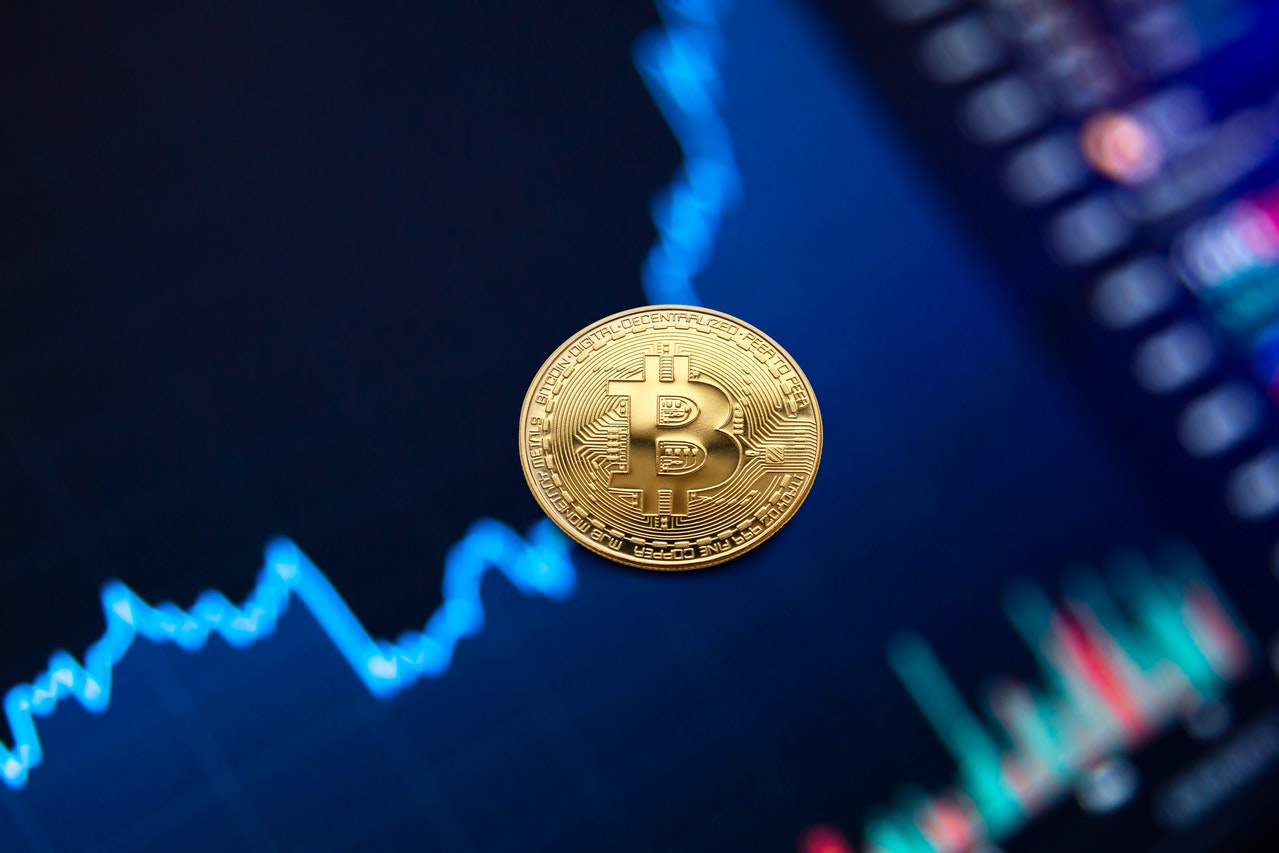“An NFT is the representation of an element that cannot be divided or interchanged, a bit like a certificate of authenticity that lives in a blockchain network”
Non-Fungible Tokens (NFTs) work thanks to blockchain and distributed ledger technology
There are fungible and non-fungible goods. “Fungible goods” are those that can be replaced by giving them a value based on their number, measurement or weight. And “non-fungible goods” are those that cannot be exchanged for another one of equal value.
These goods work thanks to blockchain and distributed ledger technology, which TECNALIA has been researching for years. According to cybersecurity expert Ivan Gutierrez, “NFTs coexist with other types of information in the ledgers of blockchain networks. They are kind of like the cousins of the famous cryptocurrencies. What makes these different from NFTs is that they are programmed to be all the same, with the same value, while NFTs are unique.”
Non-Fungible Token: a unique asset
NFT stands for Non-Fungible Token, and is defined as a single asset that cannot be modified or be given a fixed price, since no two are the same. They are digital assets that generally have no correlation in the physical world. An NFT is the representation of an element that cannot be divided or interchanged, a bit like a certificate of authenticity that lives in a blockchain network.
How it works and main applications
An NFT is created and managed by a smart contract, a computer program that is in charge of formalising agreements in the digital age and that runs within a blockchain network. The smart contract manages who owns the NFTs, how they are transferred, how they evolve, or where the digital assets are located.
Tokenising digital content through blockchain technology is equivalent to creating a digital certificate of ownership and authenticity, stating that the content is unique and that the rights to use it belong to the person or entity that acquired it, even though the intellectual property will always be the author’s.
TECNALIA uses all its experience through its team of cybersecurity and blockchain researchers into discover the true potential of this type of token, which it has already used to represent machinery rental and amortisation in industry 4.0., intellectual property in the music industry, certification of a digital twin for cultural heritage, and evidence of membership and access.
Ivan Gutierrez, engineer and cybersecurity researcher at TECNALIA, addressed all these issues in the conference “Non-Fungible Tokens and Blockchain to Protect Digital Assets”, organised with Ingeniariak.

